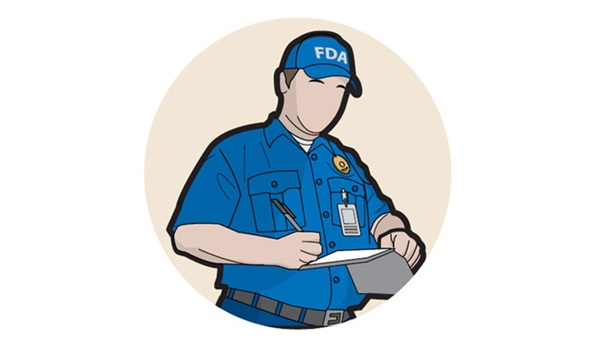How Food Safety Rules on the Horizon Will Fight Listeria
 © Stocksy
© StocksyFood tainted with Listeria monocytogenes has caused five multistate outbreaks of foodborne infections since the start of 2014, and sparked recent recalls of ice cream, caramel apples, and spinach. More than a dozen deaths, and scores of illnesses, have been linked to these products.
The foods at the center of these outbreaks traditionally have not been considered serious risks for causing Listeria infections. So why are ice cream and fresh produce suddenly so risky?
The most likely answer is that these products have long been responsible for more Listeria problems than was believed, but food safety and public health experts lacked the right data to understand the scope of the threat. Most outbreaks of foodborne illness are never conclusively linked to a specific item, and Listeria infections in particular tend to be sporadic, making determining their source even harder.
More risks in our food supply are sure to become visible as the FDA Food Safety Modernization Act (FSMA) requirements are fully implemented. While this prospect may sound scary, it is actually good news: A greater understanding of these threats improves our ability to protect against them. The goal of this landmark law is to reduce the chance that contaminated food reaches Americans’ tables.
The Listeria in Blue Bell and Jeni’s Splendid ice cream products was initially detected through random product sampling conducted by state food safety authorities. Without advances in testing methods—which enabled faster, more affordable classification of pathogens—the contaminated ice cream almost certainly would not have been linked to human illnesses. Technological improvements may also be responsible for the increased detection of Listeria problems in fresh produce.
Such discoveries of new or previously unrecognized risks demonstrate the importance of focusing our food safety system on preventing foodborne illness. Under new FSMA rules that will be finalized this year, food producers will:
- Take steps to reduce contamination during the production of fresh fruit and vegetables, food ingredients, and processed foods such as ice cream.
- Minimize opportunities for cross-contamination along the food chain.
- Put measures in place requiring suppliers to verify the safety of ingredients.
- Test products and monitor food processing facilities for contaminants.
Of course, the promise of FSMA won’t be fulfilled unless Congress provides FDA with the resources needed to enforce its requirements and help growers and processors comply with the law. Implementing this law is essential to protecting the public from foodborne risks, both those we know about and those we may not yet fully understand.
The FSMA’s prevention-focused system is vital to protecting consumers from dangerous foodborne pathogens such as Listeria.
- Listeria monocytogenes infections can be exceptionally serious, and often fatal. Approximately 90 percent of patients require hospitalization; 16 percent die. The elderly, pregnant women, newborns, and people with compromised immune systems are especially vulnerable.
- Listeria is particularly difficult to control in food processing environments and retail facilities such as delicatessens. It is resilient and difficult to remove from foods without a specific “kill step,” such as pasteurization. The bacterium can survive in highly acidic, salty, and cold conditions and can even grow on foods stored in the refrigerator.
- Listeria contamination can occur at many points in the food supply chain. The bacterium is common in the natural environment, including soil and irrigation water, and people and animals may carry it and contaminate crops, foods of animal origin (such as milk), or food processing facilities.









